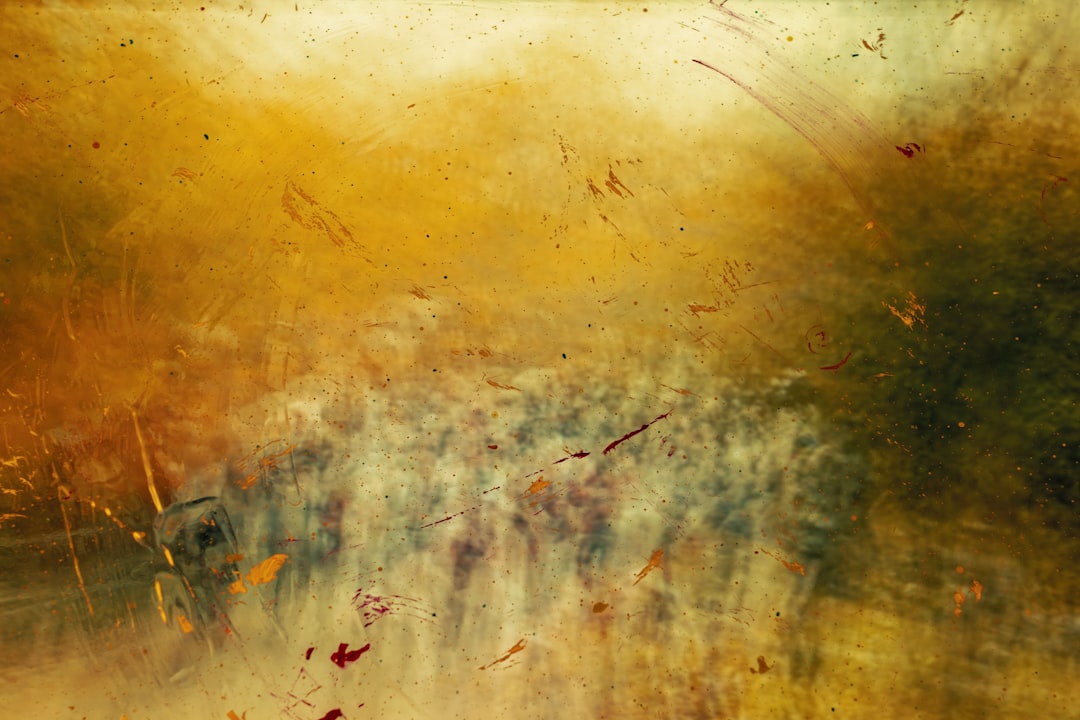What is it about?
The carvings round the font (that is, round about 60 per cent of its circumference) include an archer and a man on horseback, a monster, many animals and some birds. There are also three leafless trees, and these were the key to the learned programme which I suggest was adapted from a work by Hugh, a canon of St Victor in Paris; this would have been current about 1130. The Victorines were connected with the Augustinians, who had several priories active in the East Riding of Yorkshire at this time.
Featured Image
Why is it important?
It is important to demonstrate the employment of a naive, inexperienced sculptor to carve a complex, learned programme not of his own devising, so as to bring 'crude' or unfashionably bad sculpture forward for serious study. The work of the learned designer was not to be obscure, but his source was edited with consideration for a village audience.
Perspectives
The font is no longer available to public access, and its whereabouts are totally unknown. This seems to show a lack of regulation, at the least. There is a value-limit on export of works of art, and of course a simple 'crude' disused font would never approach the value a Vermeer or even a manuscript of its own period. But it is a native item, and valuable in its context. It is pure luck we even have photos of it.
Mrs Rita Wood
Read the Original
This page is a summary of: The Augustinians and the Romanesque Font from Everingham, East Riding, Yorkshire Archaeological Journal, August 2011, Taylor & Francis,
DOI: 10.1179/008442711x13033963454471.
You can read the full text:
Contributors
The following have contributed to this page










